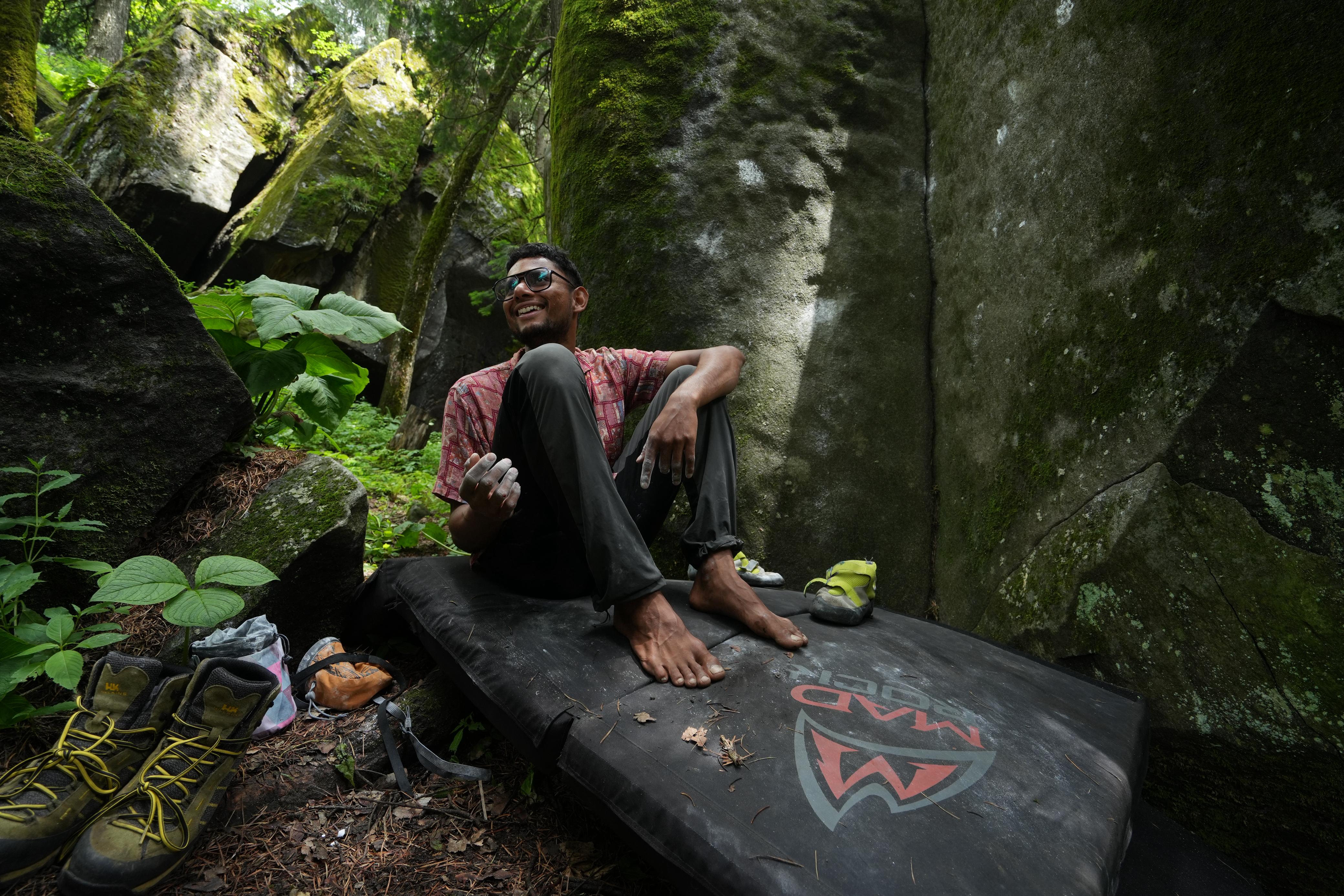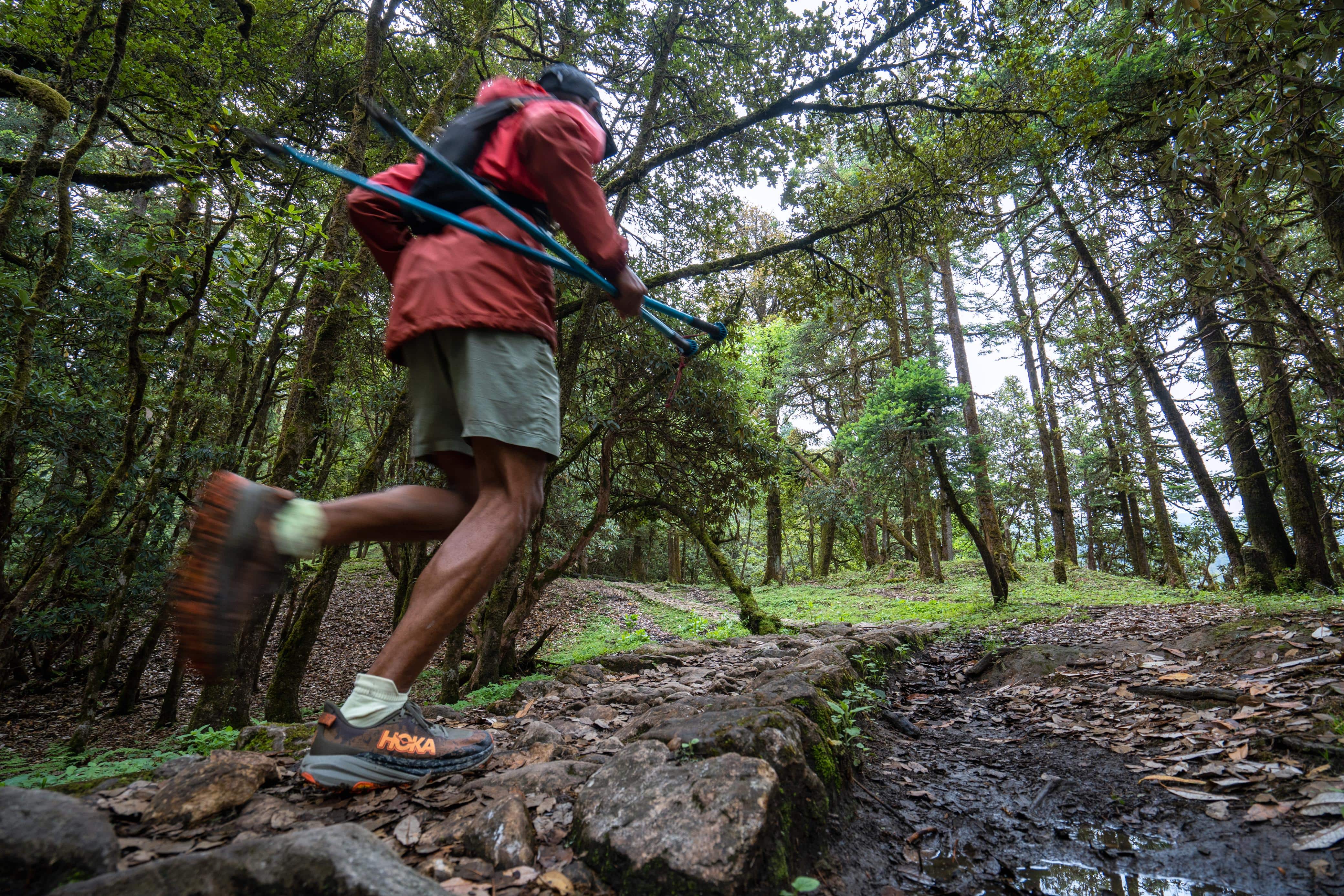Beginners are always in the sweet spot. There is much to learn and less to unlearn. There’s a saying that goes, “Add some expert mistakes to a beginner’s luck, and you’ll find the right path.” Whether it’s Scott Jurek or Kilian Jornet, the pros know that beginners often have the advantage of fresh perspective and open-mindedness. So, if you’re someone who has just started their fitness journey—solely focusing on training for the mountains—this guide is for you.
What Does It Mean to Train for the Mountains?
Be it hiking, trail running, or any activity in the mountains, there are some mandatory physical abilities you need to have. The intensity of training varies based on your mountain objective. For example, someone training for a 30K mountain race will have a vastly different routine than someone preparing for a 100-miler.Similarly, if you're aiming for a difficult trek, your training should differ from someone doing an easier trek. The first step is to understand your playground and train accordingly.
An athlete who sprints or a person who lifts weights may have solid anaerobic capacity (working off fast-twitch fibers), but mountain endurance requires a strong aerobic base. Without this, even the fittest people may struggle on long mountain days.
So, what does a beginner's guide mean in this context? In simple words, it means if you have never trained specifically for the mountains, this is what you should be focusing on. You might be hitting the gym six days a week or be a yoga instructor—it doesn’t mean you are any less fit. But are you mountain-fit? That’s the question.
What you need to be Mountain fit?
Good Aerobic Endurance and High VO2 Max: Mountain activities, especially at higher altitudes, demand a robust aerobic system. A high VO2 max allows your body to efficiently utilize oxygen, which is critical when you're moving steadily for hours.
Hip and Ankle Mobility: Mountain terrain is unpredictable. You’ll step on rocks, uneven trails, and navigate steep ascents and descents. Good mobility in the hips and ankles not only enhances performance but also reduces the risk of injury.
Strong Lower Body, Especially the Knees: The knees bear the brunt of most mountain activities. Whether it’s the pounding on the downhills or the strength needed for steep climbs, your lower body, particularly your knees, needs to be strong.
Balance and Coordination: The unpredictable nature of mountain trails demands good balance. Include exercises like single-leg stands, balance board workouts, and agility drills.
Core Strength: A strong core improves balance and stability, especially on uneven terrain. Core exercises like planks, Russian twists, and leg raises help.
Conclusion
Starting a mountain fitness journey as a beginner is a thrilling experience. You have the opportunity to build a strong, well-rounded fitness base from scratch. By focusing on aerobic endurance, mobility, and strength, and by learning from the pros, you can set yourself up for success. Remember, the mountains are not just a test of physical strength but also mental endurance. Embrace the journey, train smart, and let the mountains teach you more than any treadmill ever could!
 Nithyam Nachappa
Nithyam Nachappa
